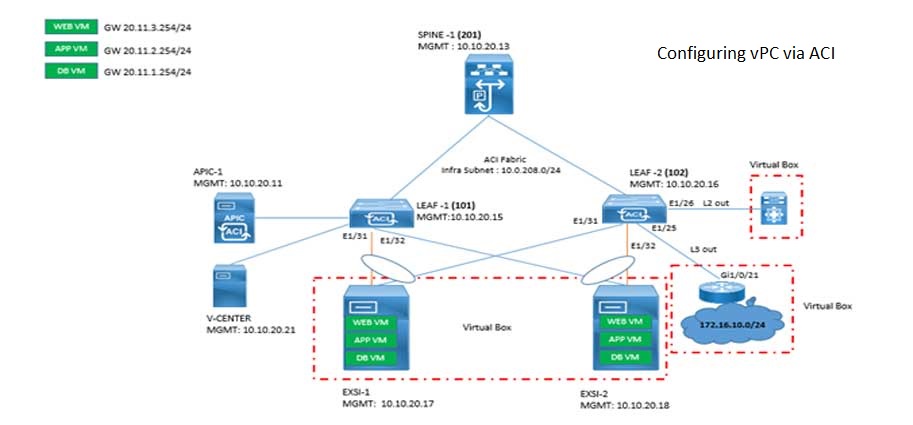
Compare TCP and UDP
TCP (Transmission Control Protocol) and UDP (User Datagram Protocol) are the transport layer protocol of the TCP/IP protocol suit or OSI layer model.
While both protocols facilitate communication between devices over the internet, though there are some similarities and difference between TCP and UDP in various aspects.
Here's a detailed comparison between TCP and UDP, from basic to packet level, along with examples and use case scenarios:
Difference Between TCP and UDP
TCP: TCP is a connection-oriented protocol that ensures reliable and ordered delivery of data packets. It establishes a connection between sender and receiver before transmitting data and implements flow control, error detection, and retransmission mechanisms.
UDP: UDP is a connectionless protocol that provides a lightweight, low-latency communication option. It does not establish a connection before sending data and does not guarantee reliable delivery or packet ordering. UDP is faster and more efficient but sacrifices reliability.

UDP and TCP difference at Packet Structure Level
TCP: TCP uses a complex packet structure with a header that contains source and destination port numbers, sequence and acknowledgment numbers, control flags, window size, and checksum.
UDP: UDP uses a simple packet structure with a header containing source and destination port numbers and length. It does not include sequence numbers, acknowledgments, or control flags.
TCP and UDP Reliability
TCP: TCP ensures reliability by using acknowledgments and retransmissions. When a data packet is transmitted from sender to the receiver over the network, if that packet is lost somewhere in the middle and receiver is not received it and sender is also not received its acknowledgement from the receiver. TCP detects it and sender again retransmits that packet until it's not received the acknowledgement.
UDP: UDP does not provide built-in reliability mechanisms. It does not guarantee packet delivery, and lost or damaged packets are not retransmitted. Applications using UDP must handle error detection and recovery at the application layer if needed.
Comparison Between TCP and UDP at Packet Ordering
TCP: TCP guarantees in-order delivery of data packets. If packets arrive out of order, TCP reorders them before passing them to the application layer.
UDP: UDP does not guarantee packet ordering. Packets may arrive at the receiver in a different order than they were sent.
Similarities Between TCP and UDP in Flow Control
TCP: TCP implements flow control to manage the rate of data transmission between sender and receiver. It ensures that the receiver can handle the incoming data by controlling the sender's transmission rate.
UDP: UDP does not have built-in flow control mechanisms. It sends data at the maximum rate possible without considering the receiver's capacity.
Therefore, as you can see there are no such similarities between TCP and UDP in flow control.
Compare TCP and UDP at Application Level
TCP: TCP is suitable for applications such as
✓ Web browsing (HTTP)
✓ File transfer (FTP)
✓ Emails (SNMP) etc.
These applications require reliable, error-free data transmission.
For example, when you access a website, TCP ensures that all the webpage's components (HTML, images, CSS) are reliably delivered and displayed correctly.
UDP: UDP is ideal for real-time and low-latency applications where some packet loss is acceptable, such as video streaming, online gaming, VoIP (Voice over IP), DNS queries, and IoT device communication.
For example, VoIP data is sent using UDP because it does not require acknowledgement, which may not be acceptable in audio conversion rather require low latency. While non-time-sensitive data (e.g., player stats) can be transmitted using TCP.
In summary, the difference between TCP and UDP is that, the TCP offers reliability, ordered delivery, and flow control at the expense of increased overhead and latency. UDP provides low-latency, lightweight communication without reliability guarantees or packet ordering. The comparison between TCP and UDP depends on the specific requirements of the application.
Don't Miss to Checkout our Next Articles
Explaining Various Network Topologies
Summary of Computer Network Cable Types
Other Popular & Useful Articles
Distinguishing Between Routers and Switches: An In-Depth Look
Comments (0)
Categories
Popular posts


Cisco Nexus Port Channel: Configuring ...
6 May 2024
Configure Rapid PVST on Cisco Nexus
26 Apr 2024
Palo Alto Exam Cost: PCNSA, PCNSE & More
27 Apr 2024
Cisco ACI VPC Configuration Task Steps
28 Apr 2024Recent posts

CCNA Exam Fees and Expenses Breakdown
16 May 2024
CCNA vs CCNP Certification: Differences
16 May 2024
What is CCNA: Exploring Its Significance
16 May 2024
Step by Step cisco WLC configuration
15 May 2024



